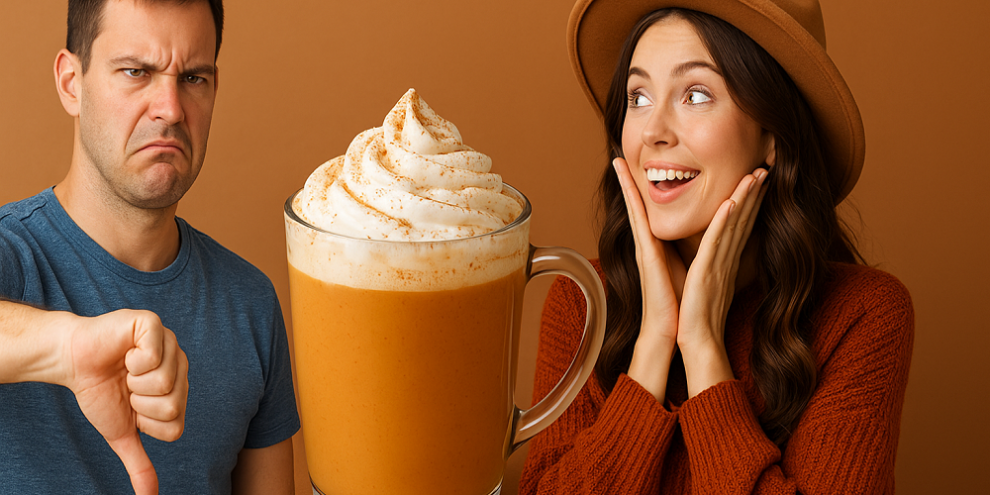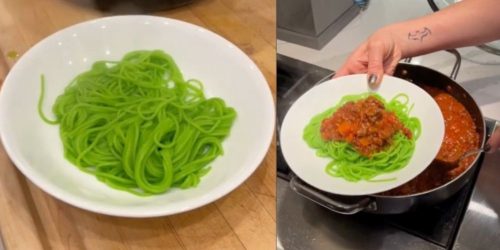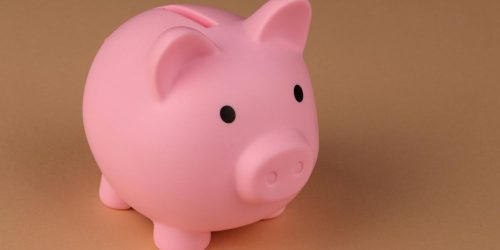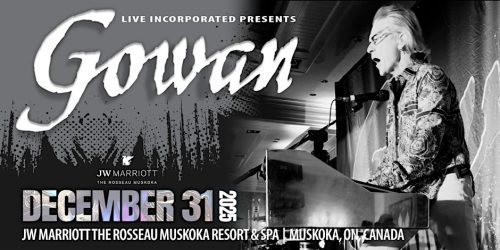Pumpkin Spice: Why We Hate It, And Why SOme Love It

Pumpkin spice season is here again. The moment September rolls around, it feels like the world explodes in shades of orange, cinnamon, and nutmeg. And social media explodes into competing memes between people who love and hate this trend. But how did this fall flavour become such a cultural phenomenon...and why does it annoy the heck out of some people?
Where Pumpkin Spice Began
Pumpkin spice isn’t new. Its roots go back hundreds of years. The blend of cinnamon, nutmeg, ginger, and cloves can be traced to European cooking and eventually appeared in American cookbooks in the 18th and 19th centuries. It was sold as a “pumpkin pie spice” mix by spice companies like McCormick as early as the 1930s, marketed to make baking easier during the fall and Thanksgiving season.
Starbucks Changes Everything
Pumpkin spice truly rocketed into the mainstream in 2003, when Starbucks introduced the Pumpkin Spice Latte (PSL). At first, the drink was only seasonal, but demand grew every year. It was originally going to be called the "Fall Harvest Latte", but the marketing team chose "Pumpkin Spice" at the last minute. By the 2010s, it wasn’t just coffee. You could find pumpkin spice Oreos, beer, cereal, candles, even dog treats. Social media accelerated the craze, with Instagram and Twitter making the PSL not just a drink but a cultural identity.
For many, ordering that first pumpkin spice latte of the season feels like a cozy, ritualistic kickoff to autumn. It’s a comfort flavor tied to nostalgia, holidays, and sweater weather. And they definitely feel the need to post about it. Posts about "PSL season" start early to mid-august.
The Pumpkin Spice Backlash
Of course, not everyone is on board. For some, pumpkin spice has become a punchline. Critics argue it’s overhyped, artificial, and oversaturated. Every year, memes flood the internet mocking people (especially women) for turning pumpkin spice into their “entire personality.”
Some point to it being a smaller part of a bigger issue: making Fall, "spooky season", and "sweater weather" one's entire personality.
For others the craze just comes way too early, especially when there's still so much Summer to enjoy. Like, most places offer an iced Pumpkin Spice latte, and doesn't that defeat the purpose & confirm Summer is too soon?
There’s also a cultural fatigue: pumpkin spice has become so common that it sometimes overshadows other fall traditions. Fans of apple cider, maple, or chai often roll their eyes at the dominance of pumpkin spice everything.
Why We Still Talk About It
Whether you love it or hate it, pumpkin spice is more than just a flavour; it’s a symbol. It's something to represent a changing of seasons but also something to rebel against.
It represents how food, marketing, and identity collide in pop culture. The debate around it is part of the fun. Some embrace it as a seasonal celebration, while others rebel against the hype.
One thing’s for sure: every September, the pumpkin spice conversation is impossible to ignore.
Snag Our Newsletter
Hit that button like you’re pressing play on your favourite track. get exclusive content, stories, and news.







